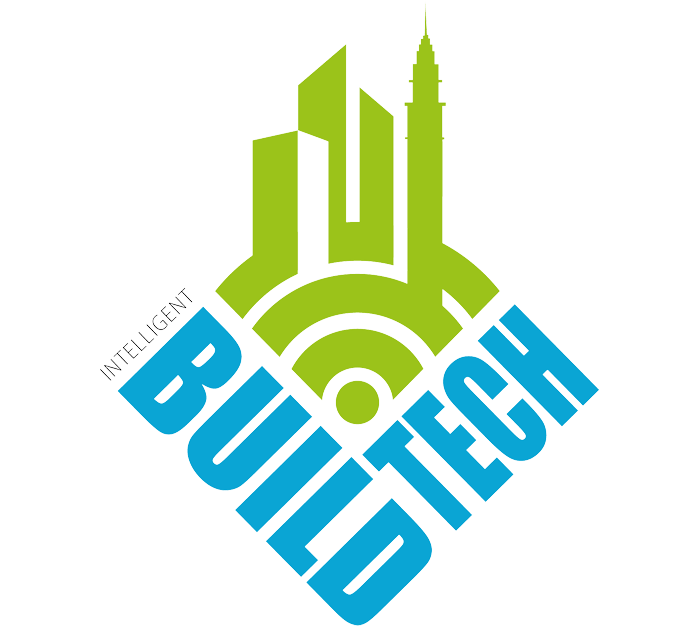Hennie Colyn at Schneider Electric discusses the complexities of green hydrogen and how technology can support the demanding sector.

A recent Markets and Markets research report Green Hydrogen Market, Industry Size Forecast Report outlines that the segment is set to reach US$7,314 billion by 2027, growing at 61.0% CAGR. This growth is driven by lowered production of renewable energy costs, development of electrolysis technologies and demand from Fuel Cell Electric Vehicles (FCEVs) and power industry.
However, the report also warns that hydrogen as a fuel source has not gained widespread acceptance. “The technologies required to use hydrogen efficiently are still in the developing phase or are working models. The demand for green hydrogen currently is limited to the developed and developing countries that are a part of the net-zero emissions pact,” notes Markets and Markets.
As it stands, one of the major obstacles in the green hydrogen process is the ability to achieve optimal fuel and air distribution to the (PEM) Proton Exchange Membrane stack. A PEM stack uses electricity to turn water into oxygen and hydrogen by electrolysis. The stack is therefore the core working element of the electrolyser. The more stacks you have, the more hydrogen you can produce.
Process automation systems such as AI algorithms and data intelligence — together with a software-centric universal automation offer based on the IEC61499 standard for interoperability and portability — optimise the complex green hydrogen production processes by predicting and controlling parameters. This increases efficiency, quality and safety while reducing Capex and accelerating faster time to market.
Transitioning to green hydrogen
A whitepaper by Schneider Electric, How technology can advance green hydrogen, outlines three crucial steps to successfully transitioning to green hydrogen:
- Improving knowledge to drive design and engineering results
- Ensuring safety and efficiency to optimise operations.
- Developing and implementing requirements for green certification
Producing hydrogen through electrolysis has been possible for a long time. However, green hydrogen is still implemented on a smaller scale than its renewable energy peers. One of the major stumbling blocks is the scaling-up process, a challenge faced by many new technologies.
Transitioning from small-scale viability demonstrations to large-scale industrial processing requires a shift from strictly scientific and technological obstacles to logistical and challenges.
The second challenge, safety, sees industry acknowledging the risks associated with green hydrogen. However, and importantly, green hydrogen also possesses features that make it safer to handle, when used correctly, than conventional fuels like gasoline and diesel.
Hydrogen’s versatility and strength as an energy carrier allow it to be used directly to power fuel cells or to store excess energy from renewable sources. Large amounts of hydrogen can be stored in tanks as high-pressure gas, and even more, significant amounts of it can be stored as a liquid at low pressures and cryogenic temperatures.
That said, any system used to handle hydrogen must address the relevant safety hazards unique to its material properties.
Looking at green certification, the challenge for producers is to ensure all produced hydrogen is green and certified for off-takers. Since handling hydrogen is similar to handling natural gas, these challenges can be solved with technology solutions that have a long and proven history in the oil and gas industry. Digitalisation will play a significant role in resolving these challenges and, at the same time, will facilitate more efficient and immediate collaboration.
There are a number of key technology solutions that can play an important role in green hydrogen production, including:
- Process modelling and integrated engineering using a digital twin
- A combined safety, power, and process control system
- AI and Machine Learning (ML to improve analytics for optimised asset performance)
- Blockchain to enable verifiable green certification.




